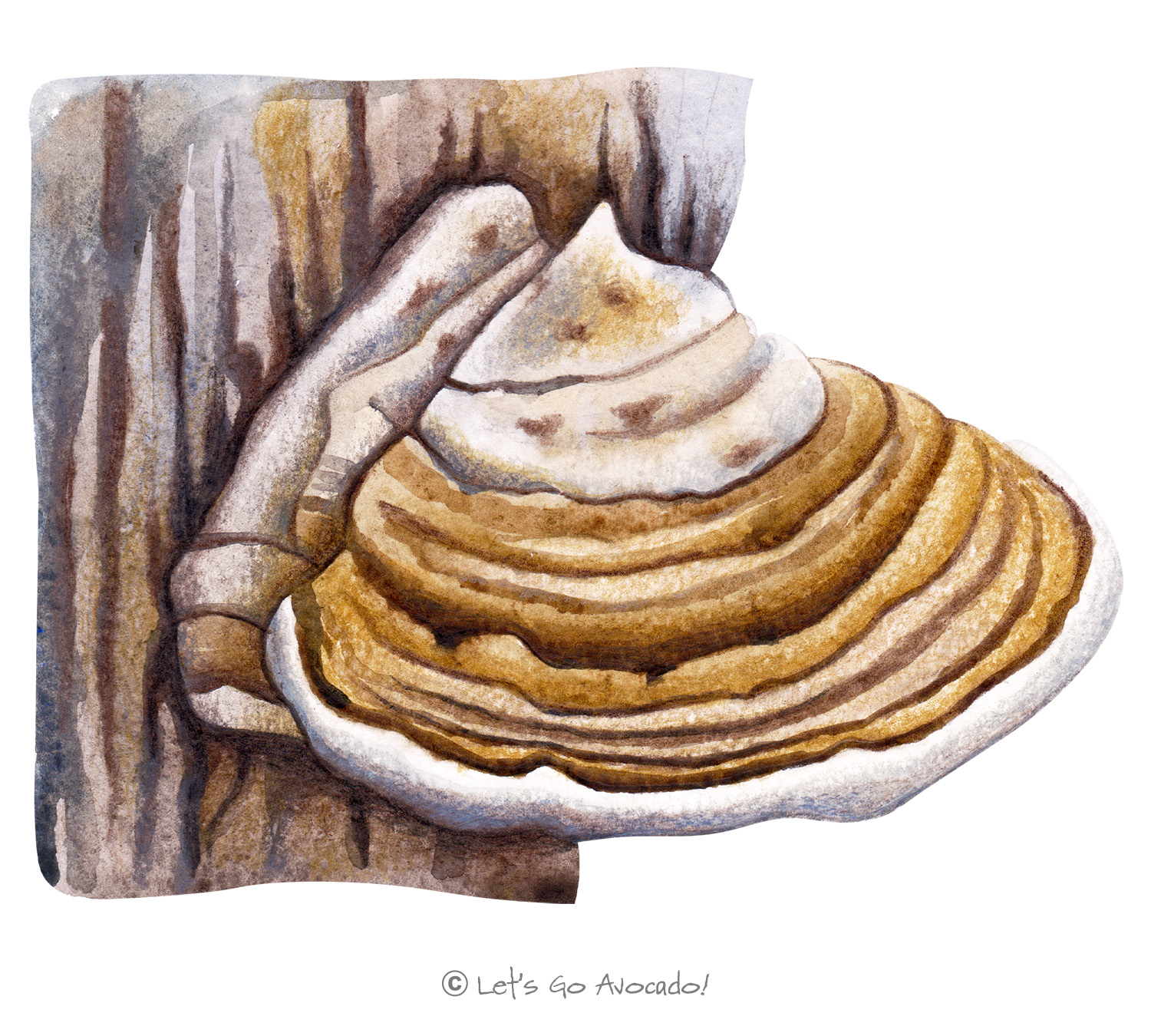

Artist’s Bracket
Artist's Conk
Ganoderma applanatum
This page may contain affiliate links.
Read our disclosure and privacy policy here.
The Artist’s Bracket is a well-known bracket fungus that is cherished not only for its ecological role but also for its unique utility in art. The pale white underside of the fungus can be easily etched or “drawn” upon, and these marks darken, resembling a sketch, hence the name. The sketches remain even as the fungus dries, making it a favorite for natural artists.
Artist’s Bracket
Common Name
Other Names
Latin Name
Distribution
Appearance
Size
Habitat
Diet
Lifecycle
Defense Mechanisms
Ecological Importance
ConservationThe act of protecting and preserving natural resources and the environment. Conservation efforts are important to protect beavers and their habitats. Learn More Status

There’s a lot to explore right where we are, in our own neighborhoods and backyards! Join us while we get off the couch and explore the everyday wonders of nature, science, space, engineering, art, and anything else we stumble upon during on our adventures.







